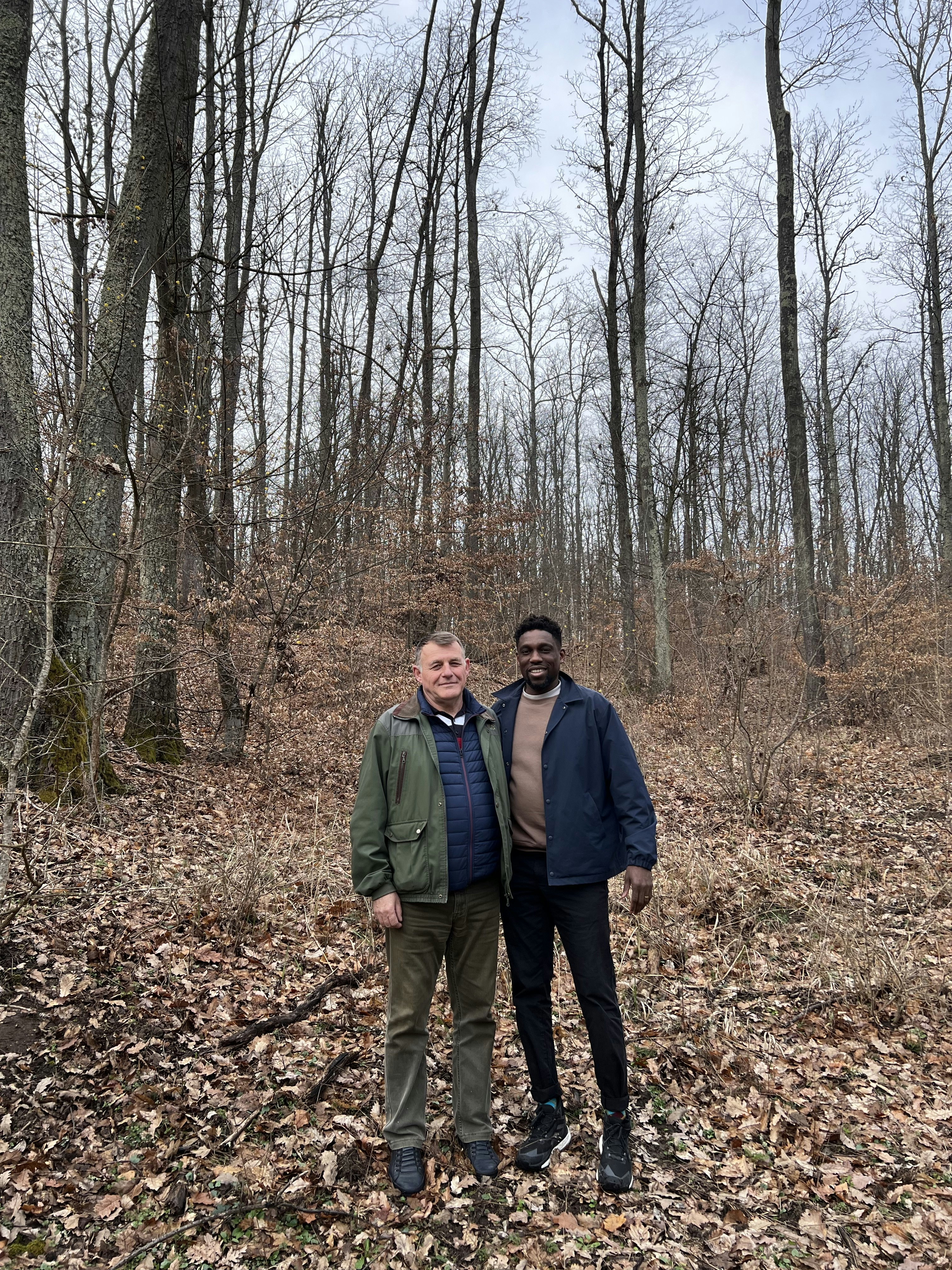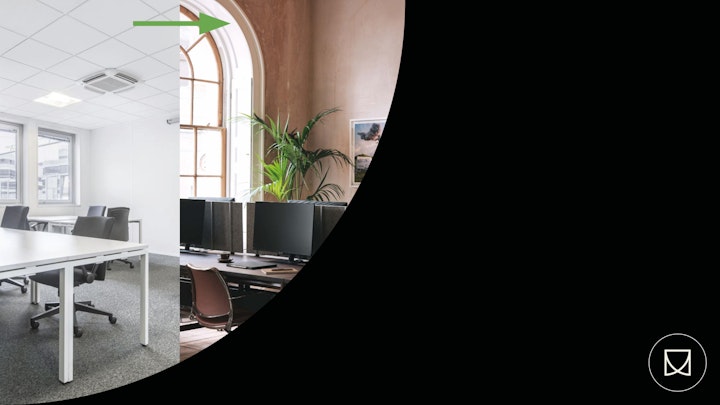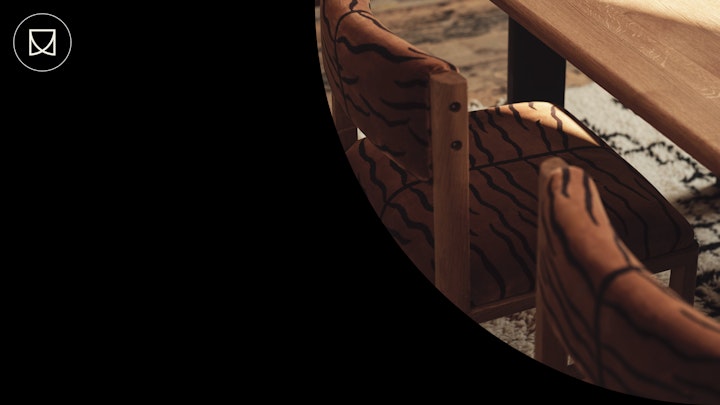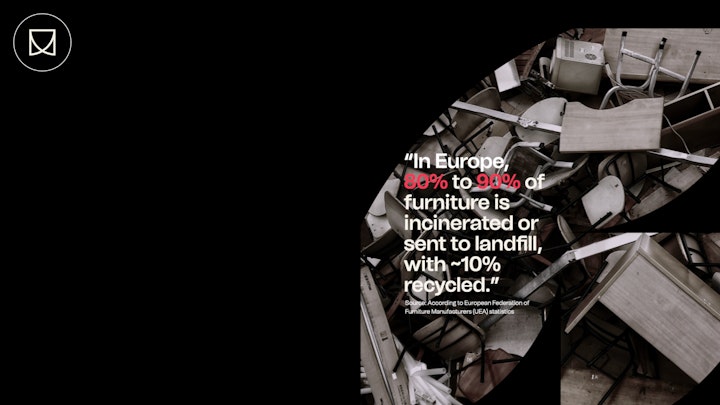Driving through one of the forests surrounding the Săcășeni Commune, about 30 minutes outside the city centre of Satu Mare County, Romania, with Vlad Deac (Arbore Director) and experienced engineer Chiorean. I was amazed by the peaceful and abundant collection of old and young Wild Oak and Ash trees.
They coexist and clash; some grow fast, others slow. Like most things in Nature, they appear chaotic at a glance, but they seem to work.
Why, Romania?
I was in Romania to work alongside my client Arbore (Carel Woodworks), an experienced producer of high-quality wood furniture. Over the last seven years, we have collaborated on many projects in the EU and UK and built a special relationship based on shared values and the desire to create contemporary, elegant, and long-lasting furniture.
The purpose of my trip was to see the production facility, how it all works, and most importantly, see first-hand where the material is sourced from.
Introducing Arbore
"Born from the prestigious legacy of Carel Woodworks, a name long associated with unmatched craftsmanship and the silent force behind countless acclaimed brands, Arbore represents a bold new chapter in furniture design. With its deep roots in woodworking and joinery, Carel Woodworks has chosen 2024 to step into the limelight by launching Arbore. This move not only celebrates its illustrious past but also signals a future where its brand, inspired by the unspoiled elegance of Transylvania, takes centre stage." - Arbore
In collaboration with Arbore this summer, I will launch my first complete furniture collection, "I AM DESIGNED CIRCULAR." Inspired by Nature's bounty and championing the benefits of the Circular Economy, my mission is to challenge the throwaway culture and help reduce commercial furniture waste. The approach is to create products that embed circular principles throughout the design process from the beginning, by design.
The launch of Arbore x IAMDC at Clerkenwell Design Week is a milestone and a proud unveiling of two identities for the world through a carefully curated and premium furniture collection. This initiative celebrates our journey from behind-the-scenes artisans and designers to front-and-centre innovators.
In future articles, I'll explain why I'm exploring 'circularity' and my approach to design. But for now, let's get...
Back to Nature
The forest land we visited is vast (~13 sq miles of stable forest) and owned by a private organisation that provides afforestation and ecological reconstruction services (Codrii Satmarului)
Chiorean, our expert guide, showed a real sense of pride and love for his work as he explained the history and technical details of how they work. It was infectious. He's been doing it for 20+ years and has a wealth of knowledge and practical experience.
We periodically stopped and observed details, like how he tracks particular trees and logs them on their asset management system, all from his phone. The forest is organised into groups of 'parcels' that each have a unique code, and then within the parcels, a tree that needs attention is geo-tagged and then physically inscribed with a red marker.
Tree Felling Basics
As our modern society transitions to a more digitally dependent existence, it's important to remember that tree felling has helped humanity survive and thrive for centuries and is only possible because of Nature's abundance. Whether for primitive firewood or sophisticated home and shipbuilding, the properties of solid timber have consistently provided productive value to humans.
One key point is that tree felling and the forest management work that Chiorean does is the polar opposite of the crisis of 'deforestation', which is removing large areas of forests across the globe to make way for Agriculture.
Here is a decent article from PwC on the benefits of 'Afforestation'
Cultivating the land and actively managing existing trees are part of our symbiotic relationship with Nature. For example, it takes a 'lifetime' for a tree to mature and be considered for cutting - Around 80-100 years is the minimum. One of the key reasons is that it takes that long for a tree to grow around 30-40cm in diameter, which is the bare minimum for the tree to be useful for timber products and have the highest value.
When I started exploring newly sourced wood for my first design collection, I questioned whether it would be the most sustainable choice. I wondered, "Why bother cutting the trees in the first place?". Indeed, using recycled waste would fit best with popular narratives around climate change and probably get more attention. I also assumed that non-human intervention and 'leaving things as is' would be the best course of action for the environment.
Deep down, my trip to the forest was to see if a more nuanced answer would present itself to validate my desire (for my first collection) to work with new solid timber.
A Natural Economy
I learned that a simple and honest 'trade agreement' between the forest and its custodians has evolved into a productive economy. The primary benefit of leaving the forest alone is the carbon dioxide capture and oxygen trees provide, which is vital and cannot be understated. However, the natural cycle would regenerate much slower without intervention and in some cases, the older trees could hinder the growth of newer trees (Blocking sunlight and spreading diseases).
So, to aid the forest and provide an ROI to the owners (who invest in maintaining the land) and surrounding villages, selective harvesting of the older trees or sick ones can make room for younger species, which can sometimes double or triple the production volume. Selling the lumber for wood products is the primary value generator for the owners. It also provides the local community with firewood, as many people in the surrounding villages do not have modern heating systems or gas access.
Virgin land is forested, and as trees age, they are pruned to make way for more of the younger generation to grow. All this activity meets the demand for timber and helps create jobs for the locals.

Sure, there are more nuances and technical complexities to maintaining a forest. However, my 1st principle reduction here is appreciating the simplicity that generates economic value due to trade and mutual benefit. It can be summarised as follows:
The forest provides a valuable natural resource, and once harvested, humans regenerate it, increasing production and volume. Then, suppose the valuable resource extracted is put to productive use—it will capture the natural value and stimulate new economic value creation (GDP), providing the surrounding communities with purposeful work, and then the cycle repeats.
Fundamentally, healthy economies are created and maintained when the participants get something they value in return. This is an incentive system; in this case, there is an equilibrium between Nature, the owners, and the local community, which could continue ad infinitum.
Nature's bounty will continue to provide value when you work with it, not against it. Just be sure to give something back, capture as much value as possible, and keep it circulating for as long as possible.
Thanks for reading






